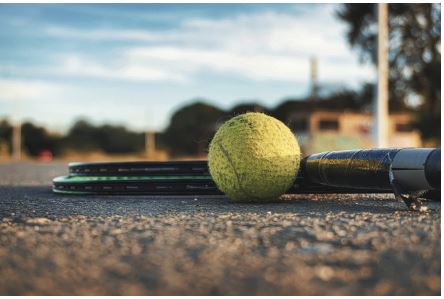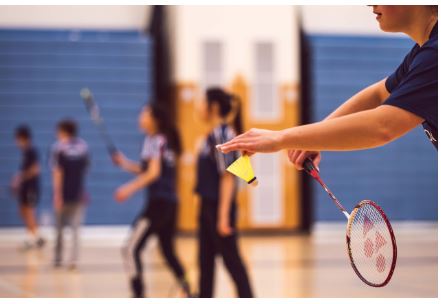Pickleball vs. Paddle Ball: Unveiling the Key Differences
In the realm of racket sports, two games have been captivating enthusiasts and gaining popularity over the years – Pickleball and Paddle Ball. While these two games share some similarities, they also possess distinct characteristics that set them apart. In this comprehensive guide, we delve into the nuances of Pickleball vs. Paddle Ball, highlighting their unique features, gameplay, and appeal. Let's embark on a journey to explore the intricacies of these exciting sports.
Understanding Pickleball
Origins and Evolution
Pickleball, a game that combines elements of tennis, badminton, and table tennis, was invented in the mid-1960s by Joel Pritchard, William Bell, and Barney McCallum. It was initially created as a family-friendly activity but has since evolved into a competitive sport enjoyed by people of all ages. The game is played on a smaller court than tennis, making it suitable for various settings such as community centers, backyards, and parks.
Gameplay and Equipment
Pickleball is typically played with two to four players, employing solid paddles made of wood or composite materials and a specialized perforated ball. The court is divided into sections for singles or doubles play. The serving player must initiate play from behind the baseline, underhand, diagonally across the net. The ball must bounce once on each side before volleys can be made. The objective is to score points by landing the ball within the opponent's court boundaries while strategically maneuvering around the "no-volley zone."
Key Aspects that Set Pickleball Apart
- Size and Dimensions: Pickleball courts are smaller than traditional tennis courts, measuring 20 feet wide and 44 feet long for doubles play, and 20 feet wide and 22 feet long for singles play. This compact size contributes to a faster-paced game and encourages quick reflexes.
- Rules and Strategies: Pickleball emphasizes a balance between offense and defense. Players strategically position themselves to avoid entering the no-volley zone, fostering a dynamic and engaging gameplay experience.
Exploring Paddle Ball
Historical Background
Paddle Ball, often referred to as Platform Tennis, emerged in the early 20th century and gained prominence in the United States. Unlike traditional tennis, Paddle Ball was designed to be played during colder months, as it can be enjoyed on heated courts. The game's unique adaptation to winter conditions has contributed to its steady rise in popularity.
Gameplay and Equipment
Paddle Ball is played on a specialized court with a raised, meshed surface that allows for rapid drainage and prevents the accumulation of snow and ice. Players use solid paddles crafted from materials such as graphite or carbon fiber, and a pressurized tennis ball designed to withstand the game's demanding conditions. The court's compact size and raised boundaries require players to incorporate walls into their strategies, resulting in thrilling and unpredictable rallies.
Key Differentiators of Paddle Ball
- Court Surface and Conditions: The distinctive court surface of Paddle Ball, which can be snow-free and heated during winter, enables year-round play and adds a layer of excitement and challenge to the game.
- Walled Gameplay: The incorporation of walls in Paddle Ball introduces a new dimension to the sport. Players can use the walls strategically to bounce the ball, opening up opportunities for strategic shots and unexpected angles.
Conclusion
In the dynamic landscape of racket sports, both Pickleball and Paddle Ball hold their unique positions, offering enthusiasts distinct experiences and challenges. Pickleball thrives on its fusion of various racket-based games, emphasizing agility and finesse on smaller courts. Paddle Ball, on the other hand, embraces winter conditions and incorporates walls to elevate gameplay, resulting in thrilling matches.
Ultimately, the choice between Pickleball and Paddle Ball depends on individual preferences and the desire for either a fast-paced, compact court game or an immersive, walled experience. Whichever path you choose, both sports guarantee excitement, camaraderie, and a healthy dose of competition.




